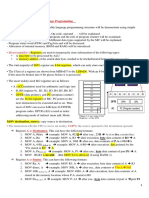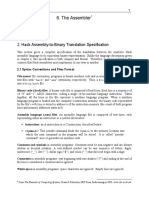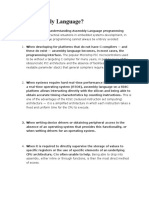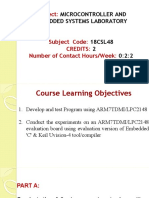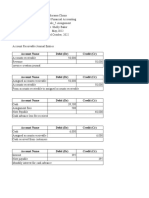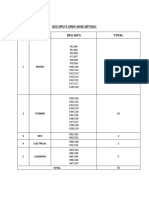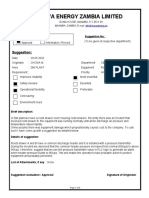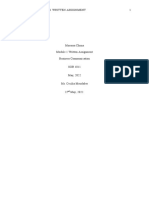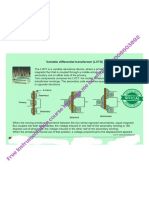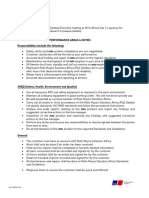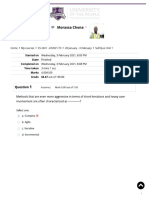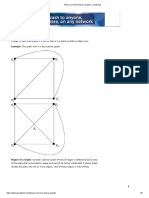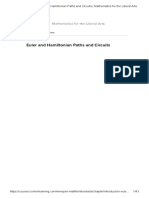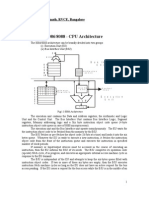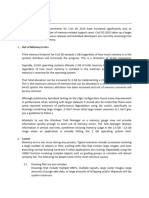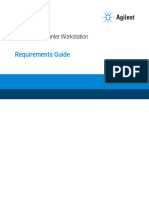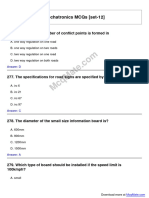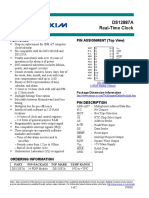0% found this document useful (0 votes)
217 views9 pagesAssignment PDF
The document describes the Hack CPU and its A and C instructions. It provides:
1) A description of the A-instructions, which load the A register with a constant between 0-32767 without accessing RAM.
2) A description of the C-instructions, which include computation codes, destination registers, and optional jump directives.
3) An example conversion of Program 1 from assembly to machine code to demonstrate how constants are converted to binary and instructions are translated based on their operation and reference diagrams.
Uploaded by
Morassa ChonaCopyright
© © All Rights Reserved
We take content rights seriously. If you suspect this is your content, claim it here.
Available Formats
Download as PDF, TXT or read online on Scribd
0% found this document useful (0 votes)
217 views9 pagesAssignment PDF
The document describes the Hack CPU and its A and C instructions. It provides:
1) A description of the A-instructions, which load the A register with a constant between 0-32767 without accessing RAM.
2) A description of the C-instructions, which include computation codes, destination registers, and optional jump directives.
3) An example conversion of Program 1 from assembly to machine code to demonstrate how constants are converted to binary and instructions are translated based on their operation and reference diagrams.
Uploaded by
Morassa ChonaCopyright
© © All Rights Reserved
We take content rights seriously. If you suspect this is your content, claim it here.
Available Formats
Download as PDF, TXT or read online on Scribd
/ 9

